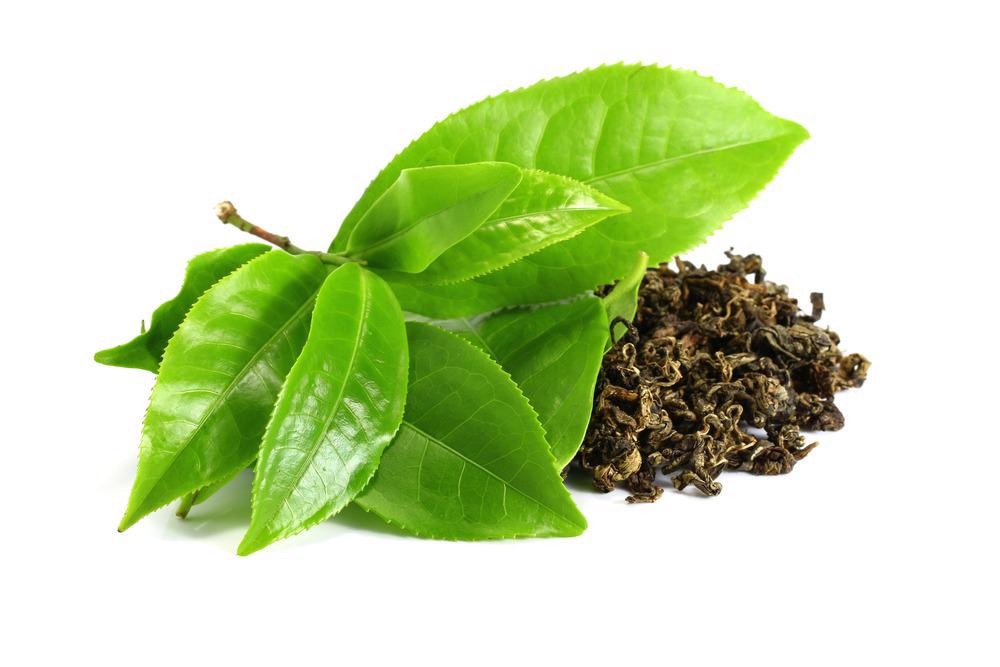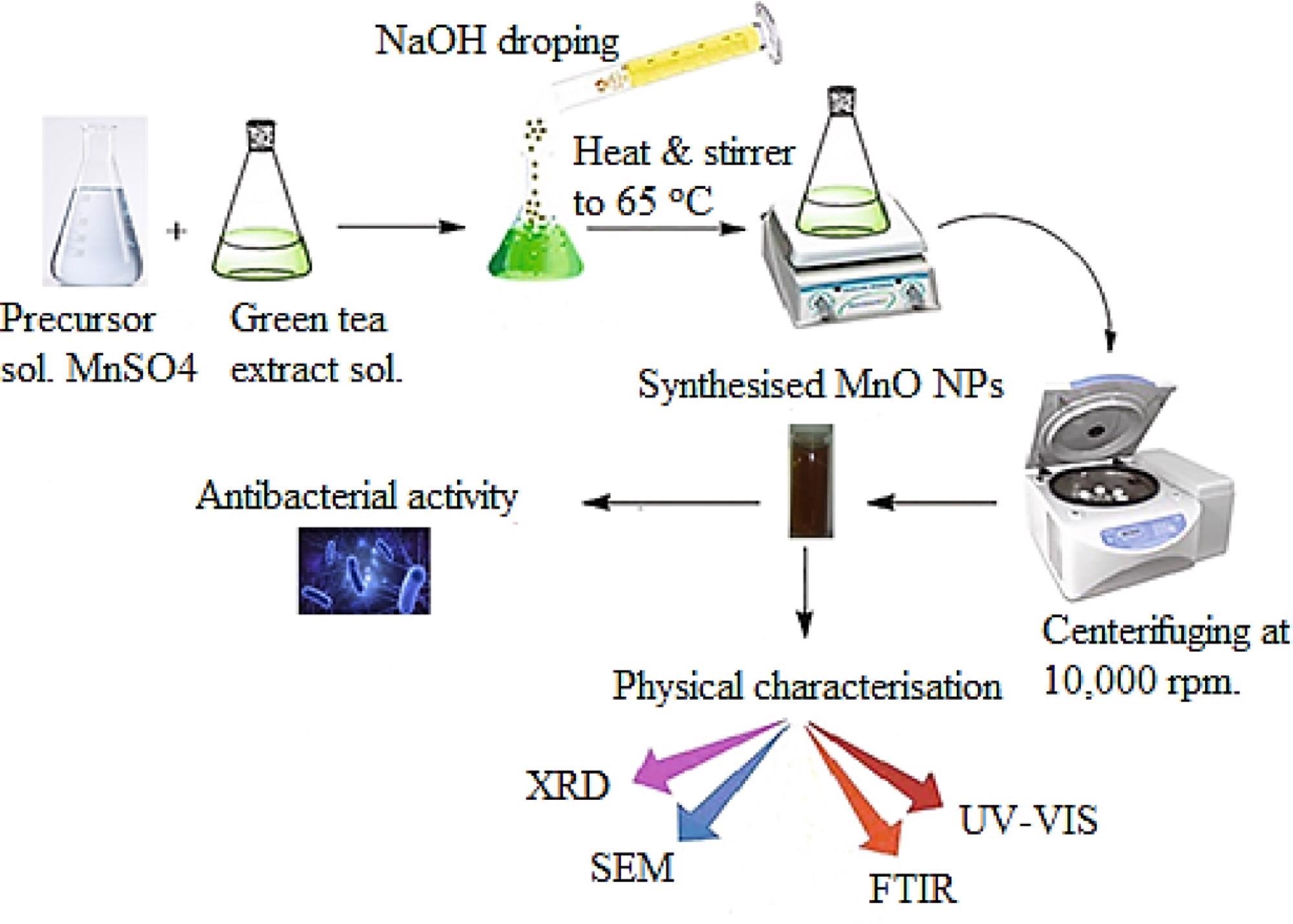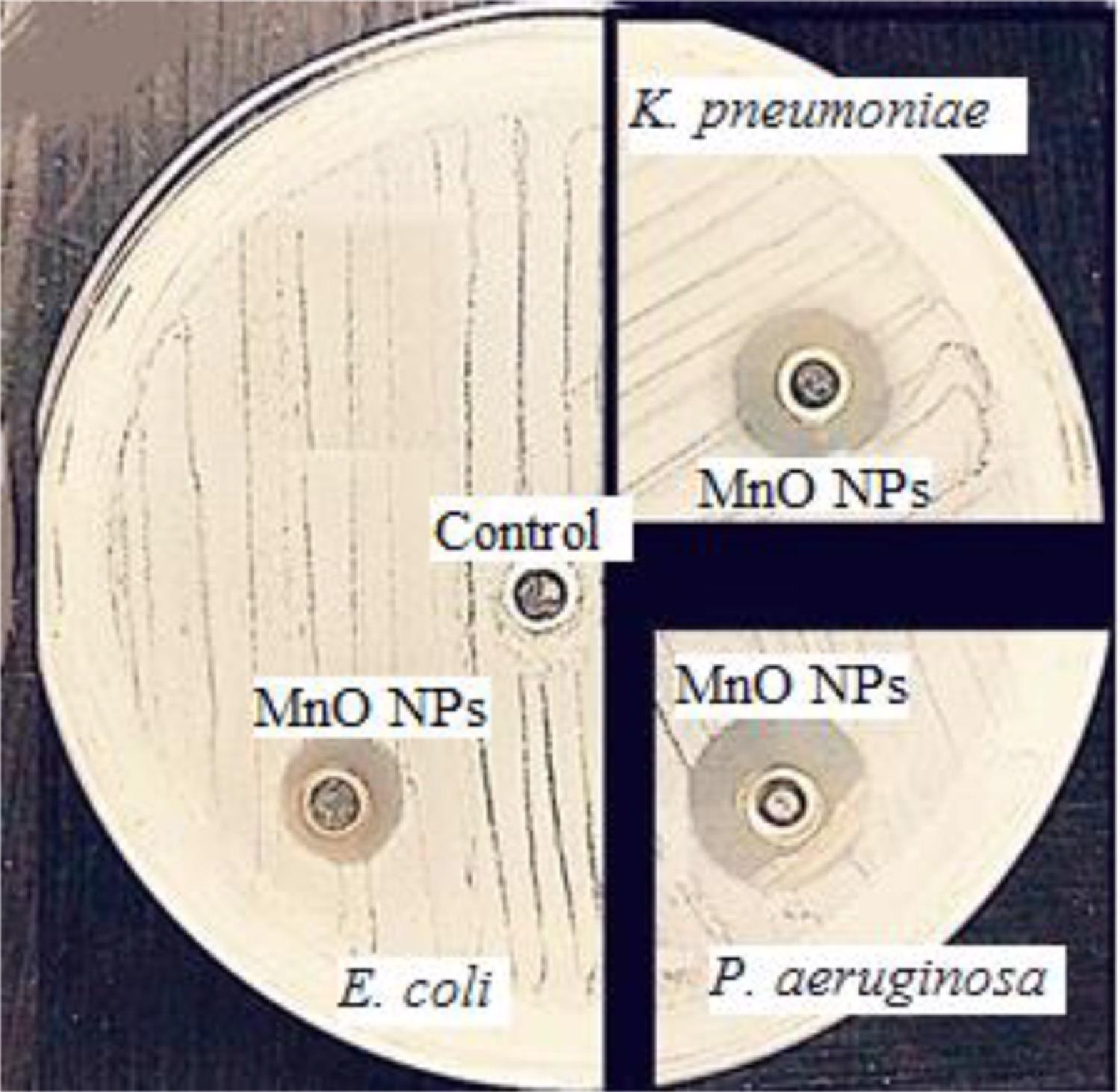In a study available as a pre-proof in the journal Biotechnology Reports, manganese oxide nanoparticles (MnO NPs) were produced with the help of green tea leaf extract and demonstrated good antibacterial qualities.

Study: Biosynthesis and antibacterial activity of manganese oxide nanoparticles prepared by green tea extract. Image Credit: artphotoclub/Shutterstock.com
Biosynthesis of Nanoparticles of Metal Oxides
Owing to its environmentally friendly nature and medicinal characteristics, the biological synthesis of metallic oxide nanoparticles (NPs) using plant extracts has garnered interest in recent years. This technique of NP manufacturing offers advantages over physical and chemical approaches since it provides no environmental danger; hence, it may be employed for medicinal applications.
Thanks to its impact and electromagnetic (EM) properties, manganese oxide (MnO) has piqued the curiosity of many scientists.
MnO may be synthesized using a variety of processes, including self-reactive microemulsion, solid reaction, and deposition. However, using natural compounds such as green tea extract for the reduction and stabilization of Mn metal into NPs is much more environmentally friendly, less costly, and simpler than the procedures described above.
Green tea is a well-renowned medicinal herb that, due to the occurrence of phenol groups in its structure, offers a wide range of therapeutic properties.

Figure 1. Green tea extract process. © Saod, W. M., Hamid, L. L., Alaallah, N. J., & Ramizy, A. (2022).
Antibacterial Properties of Metal Oxide Nanoparticles
Harmful bacteria such as Escherichia coli, Pseudomonas aeruginosa, and Klebsiella pneumoniae may infect persons with weakened natural defense mechanisms and cause severe systemic illnesses. Nosocomial illnesses, like pneumonia, infected surgical wounds, urinary tract infections, infections in joints, and sepsis caused by septicemia, along with typical communal diseases, like infections in the intestines, soft tissue, skin, and otitis externa are clinical presentations of these bacteria.
Antimicrobial resistance is a universal public health issue that causes considerable illnesses, deaths, and healthcare expenditures.
Metal oxide nanoparticles have the potential to combat antibiotic resistance via a variety of methods. Owing to their nanometric dimensions, nanoparticles can infiltrate biofilms and cellular walls of bacteria and cause cytotoxicity, boosting the efficacy of existing antibacterial agents by guarding them against identification. They also provide a mechanism of focused administration to microorganisms to boost the topical concentration and microbicidal influence of the antibacterial agent.

Figure 2. Preparation and characterization of manganese oxide nanoparticles. © Saod, W. M., Hamid, L. L., Alaallah, N. J., & Ramizy, A. (2022).
Goals of the Study
The team's goal in this study was to fabricate manganese oxide nanoparticles with the help of green tea leaf extracts as reduction and capping agents, characterize the developed MnO NPs, and assess their antimicrobial effectiveness against Gram-negative harmful bacteria, both individually as well as in conjunction with other antibiotic medicine.
Characterization of the Morphology of MnO Nanoparticles
The brownish hue of the synthesized nanocomposite was produced by surface plasmon resonance (SPR) as a result of electron oscillations on the nanocomposite's surface. The color of the complex is determined by two major variables: the geometry of the compound and the dimensions of the nanoparticles.
The Fourier transform infrared (FTIR) spectroscopy findings showed the presence of biological components on the exterior of the nanoparticles, like alkaloids, glycosides, and tannins. The engagement of Mn salts with different proteins able to reduce manganese ions and stabilize MnO nanoparticles was studied using FTIR metrics.
The X-ray diffractometry (XRD) analysis of MnO nanoparticles accumulation on a silicon platform revealed that the specimens had a cubic geometry and that the produced material had a nanoscale size.

Figure 3. Scanned of antimicrobial activity of MnO NPs against E. coli, K. pneumoniae, and P. aeruginosa. © Saod, W. M., Hamid, L. L., Alaallah, N. J., & Ramizy, A. (2022).
Key Findings
The antimicrobial action of MnO nanoparticles independently or in conjunction with nine antibiotic drugs was investigated against E. coli, P. aeruginosa, and K. pneumoniae in this work. MnO nanoparticles inhibited E. coli, P. aeruginosa, and K. pneumoniae with inhibitory zones of 12, 18, and 14 mm, respectively.
MnO nanoparticles were effectively produced by employing green tea leaves extract as a stabilizing and reduction component in a biosynthetic technique. Multiple approaches were used to analyze the produced MnO nanoparticles, proving that the MnO nanoparticles generated from aqueous green tea extract included biologically active groups.
When MnO nanoparticles are combined with antibiotic drugs, the medications become more effective against Gram-negative bacteria. Biosynthesis of manganese oxide may have good prospects for the generation of new antibacterial drugs for pharmaceutical purposes.
Reference
Saod, W. M., Hamid, L. L., Alaallah, N. J., & Ramizy, A. (2022). Biosynthesis and antibacterial activity of manganese oxide nanoparticles prepared by green tea extract. Biotechnology Reports. Available at: https://www.sciencedirect.com/science/article/pii/S2215017X22000285?via%3Dihub
Disclaimer: The views expressed here are those of the author expressed in their private capacity and do not necessarily represent the views of AZoM.com Limited T/A AZoNetwork the owner and operator of this website. This disclaimer forms part of the Terms and conditions of use of this website.